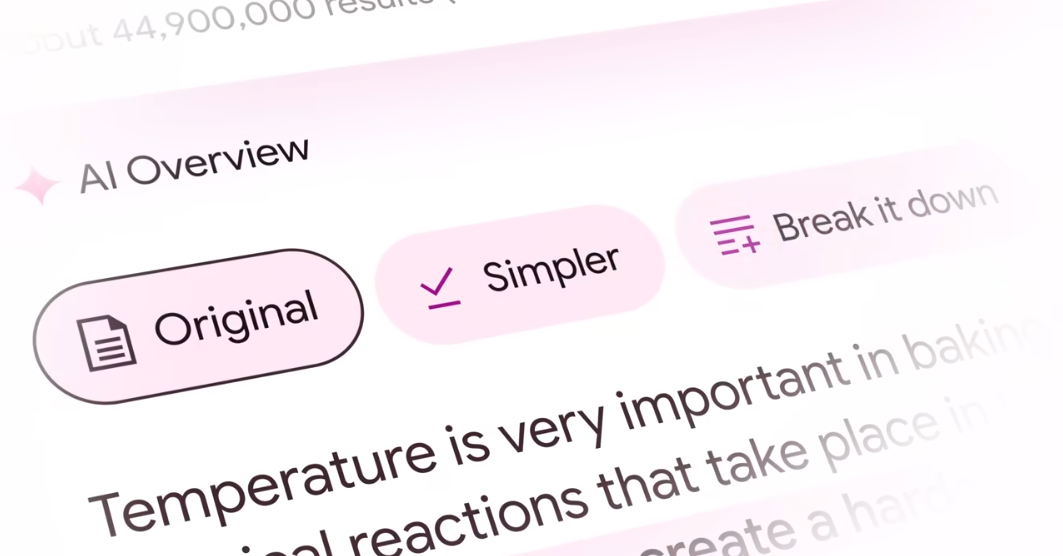Conducted between December 2024 and January 2025, the State of React Native 2024 Survey collected insights from around 3,500 React Native developers to capture the current state of key tools and technologies in the React Native ecosystem and help developers make better decisions, explains Software Mansion software engineer Bartłomiej Bukowski, who curated the survey.
The State of React native 2024 Survey covers over 15 distinct areas, including used APIs, libraries, state management, navigation, debugging, build and publish, and others.
In terms of demographics, around 30% of respondents have been working as developers for over 10 years, and 96% identified as male, across more than 20 countries.
Over 80% of respondents worked in teams of up to 5 developers, mostly targeting the iOS and Android platforms across a wide range of industry sectors, including finance, education, entertainment, communication, productivity, and many more. Nearly 50% of respondents reported that their top-performing React Native app has fewer than 1,000 users, while 37% of developers have apps with over 10,000 users. 50% of the respondents have released five apps or more.
According to Amazon developer advocate Anisha Malde, these responses highlight the diversity of the React Native ecosystem and its versatility, as reflected in the range of app scale and industry sectors.
Among the most used platform APIs, respondents listed the Camera API, Notifications, Permissions, Deep Linking, and others. Quite interestingly, three of them also rank among the top five pain points, namely Notifications, Deep Linking, and Permissions.`
React dev & OSS maintainer Vojtech Novak offered an explanation, noting that push notifications “are not trivial to set up, have an extremely large surface area, notable cross-platform differences, and quirks such as behavior dependent on the application”. This also applies to background processing, although it is not one of the most commonly used APIs.
State management is a major topic in the React ecosystem, with tools like Redux, Redux Toolkit, and others taking the spotlight. Redux received the most negative feedback, with around 18% of respondents expressing dissatisfaction. In contrast, React’s built-in state management was positively regarded by 31% of respondents, while Zustand followed closely with 21% of positive remarks.
According to Galaxies.dev founder Simon Grimm:
Zustand continues its rise as the go-to modern state management library, offering a refreshingly simple developer experience. Besides the React built-ins, no other libraries leaves developers with such a positive experience after using it. Which also shows that using the Context API is still extremely popular, and actually an acceptable solution for the needs of most small apps.
As a final note, the survey highlights a growing trend toward the adoption of automated solutions, such as Expo’s EAS Build, which 71% of respondents reported using. While manual methods like Xcode and Android Studio are becoming less prevalent, they remain widely used by 59.7% and 54.5% of respondents, respectively.
There is much more to the React Native 2024 Survey than what can be covered here, so be sure to check out the official report for all the details.











